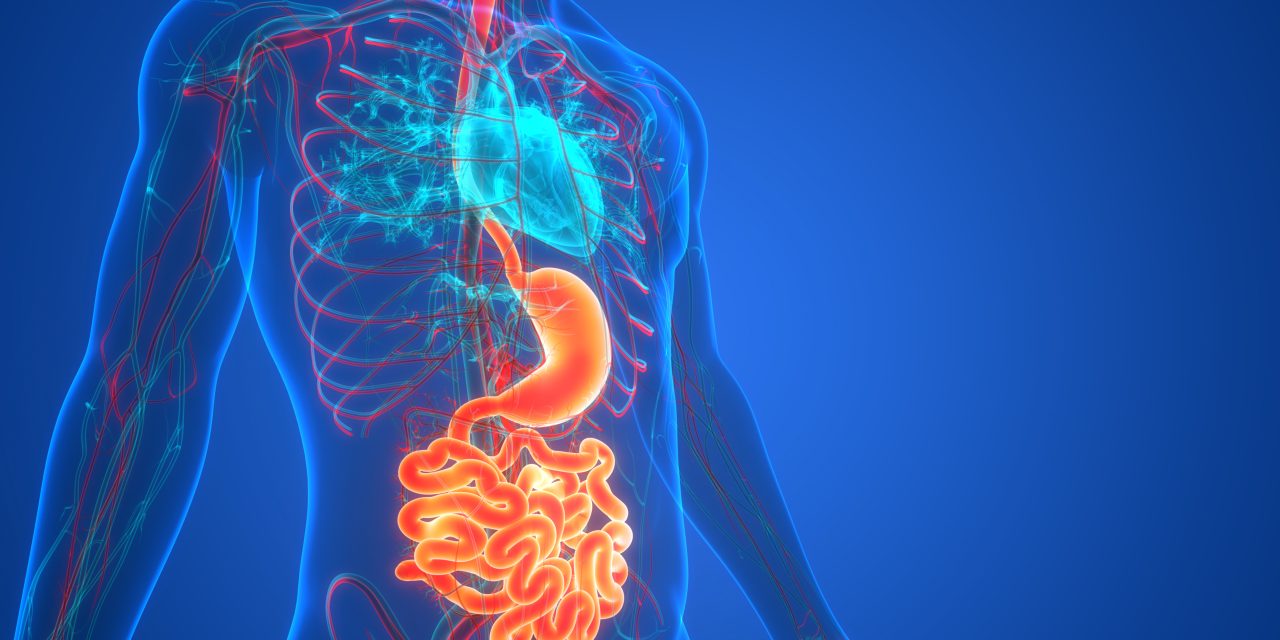Elobixibat is a new laxative, but its efficacy and adverse events (AEs) are insufficiently examined compared with those of other laxatives. Hence, by propensity score (PS) matching, we compared the effects and AEs between elobixibat and lubiprostone.
We retrospectively analyzed 1887 Japanese patients with chronic constipation (CC) treated at our hospital between October 2013 and April 2020. Enrolled patients were divided into three treatment groups, namely, elobixibat (10 mg daily) (E10 group, n = 293), lubiprostone (24 mcg daily) (L24 group, n = 772), and lubiprostone (48 mcg daily) (L48 group, n = 822), as their first treatment. We then investigated the changes on the weekly average number of spontaneous bowel movements (SBMs), Stool Consistency Scores (SCSs), and AEs starting from the baseline until the end of the 2-week treatment. To adjust for patient background, we performed one-to-one nearest neighbor matching without replacement between elobixibat- and lubiprostone-treated patients according to the individual estimated PSs.
After treatment, for SCSs, both the L24 and L48 groups significantly improved compared with the E10 group (p < 0.05), but their stools were soft (Bristol stool form scale: 4.8). Notably, the E10 group had less frequent AEs than the L24 group (26 [9.0%] vs. 43 [14.8%], p = 0.03). Particularly, nausea was significantly less in the E10 group than in the L48 group (2 [0.7%] vs. 7 [2.4%], p = 0.01).
Elobixibat is a beneficial drug for patients with mildly symptomatic CC and is safe to use, given its few AEs.
© 2020 S. Karger AG, Basel.
Real-world comparison of elobixibat and lubiprostone treatment in patients with chronic constipation: A propensity score matched analysis.


